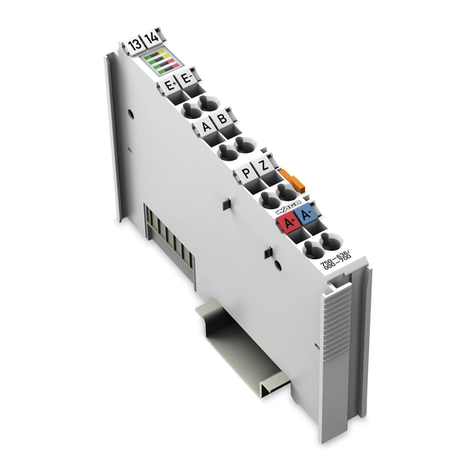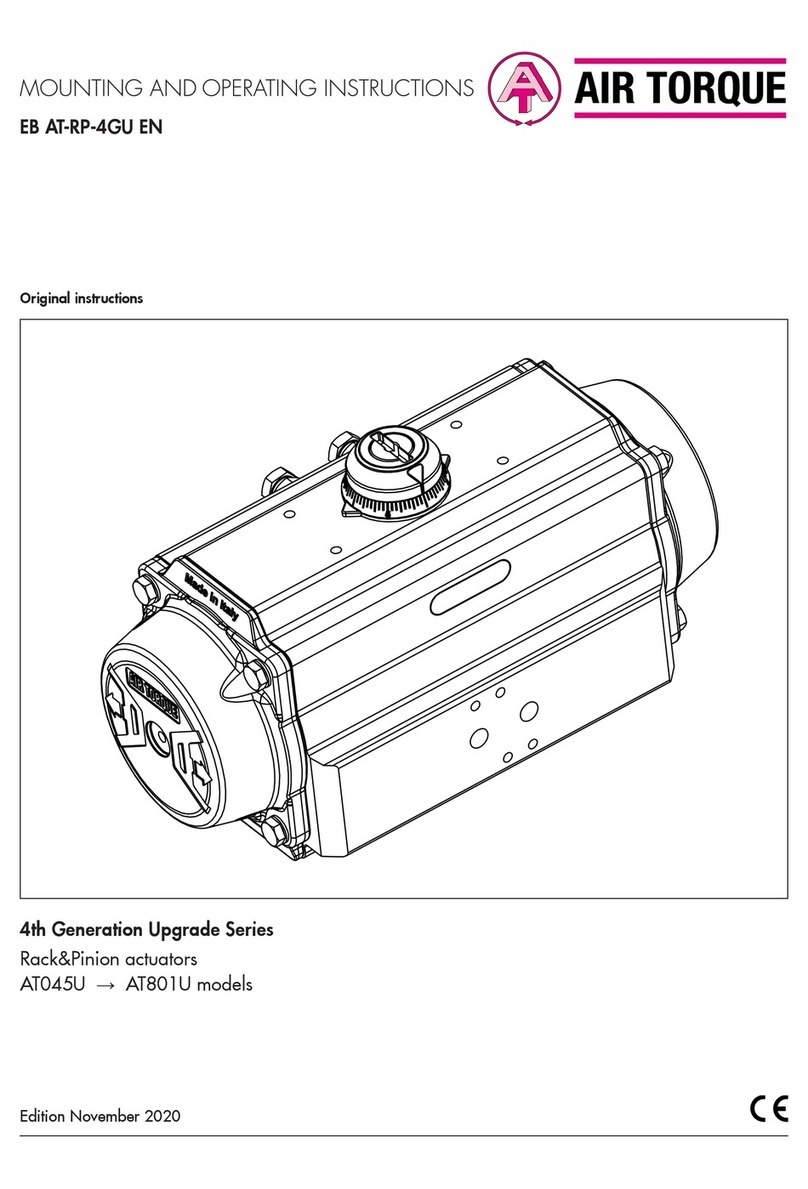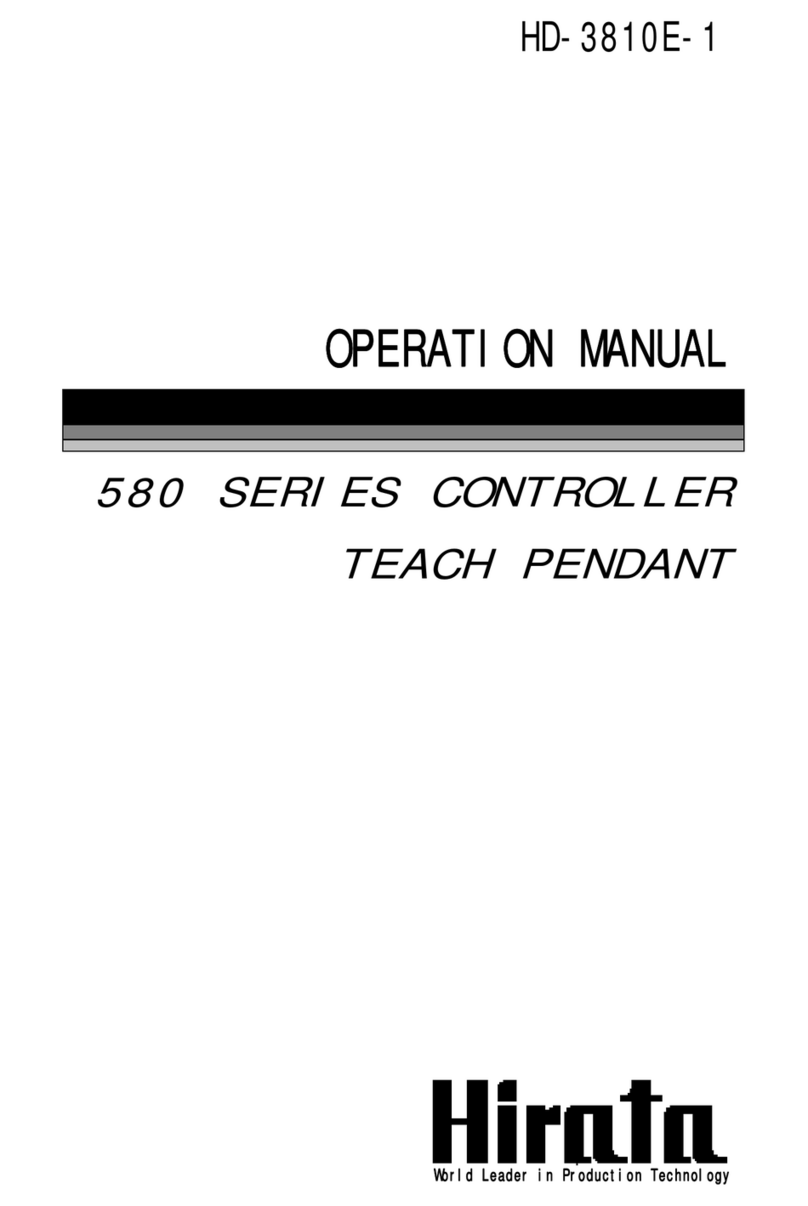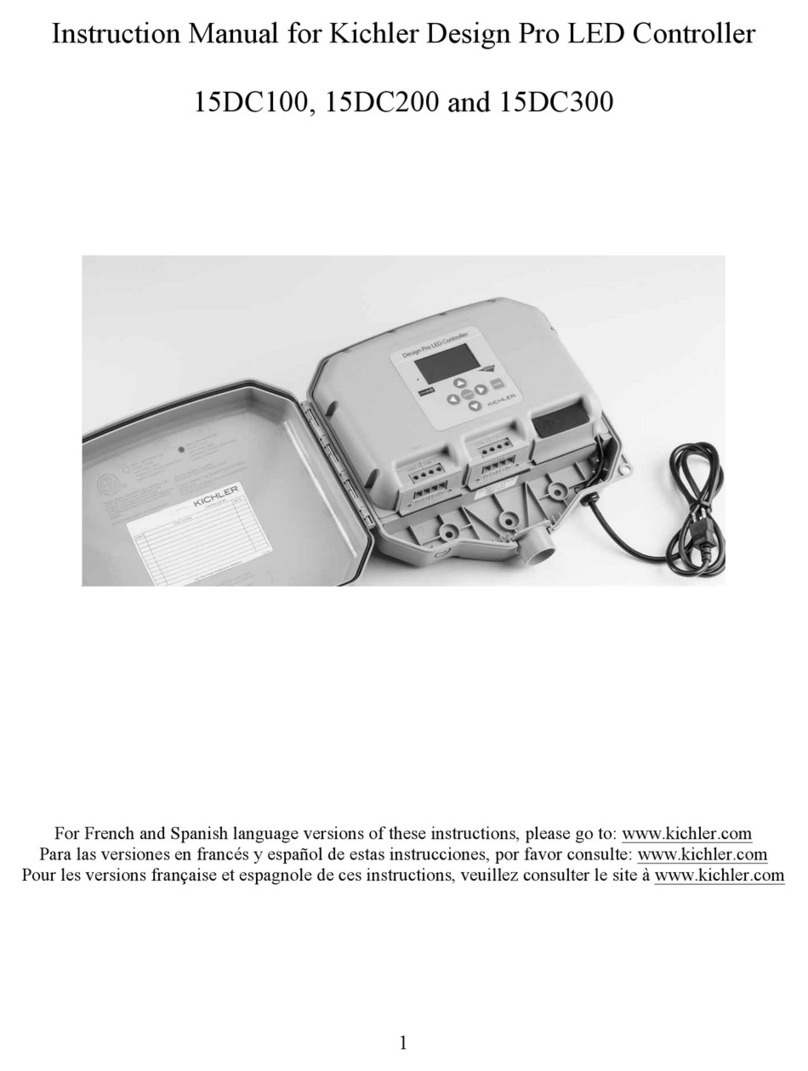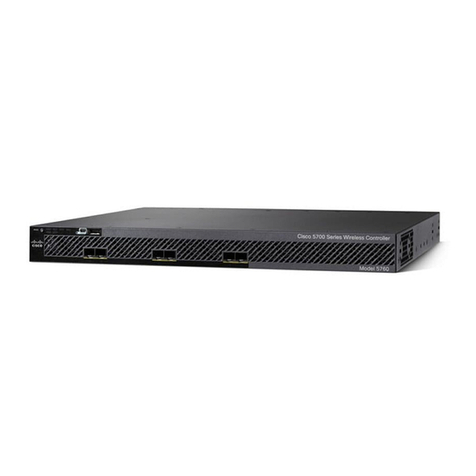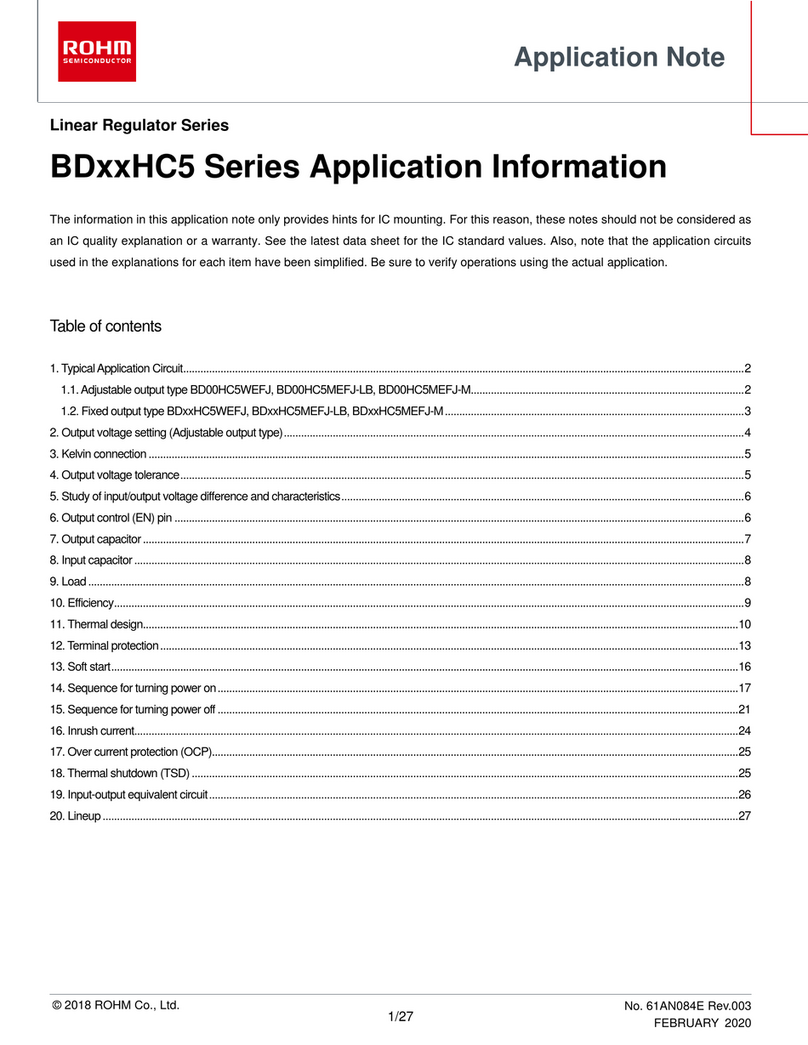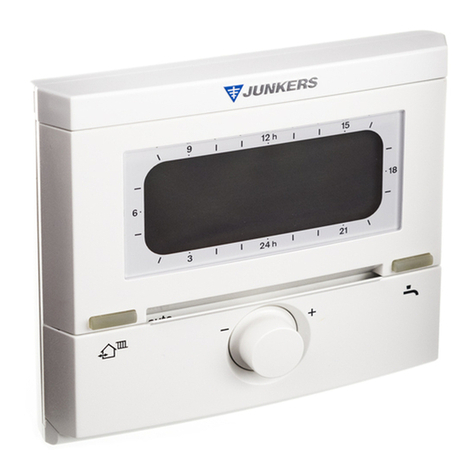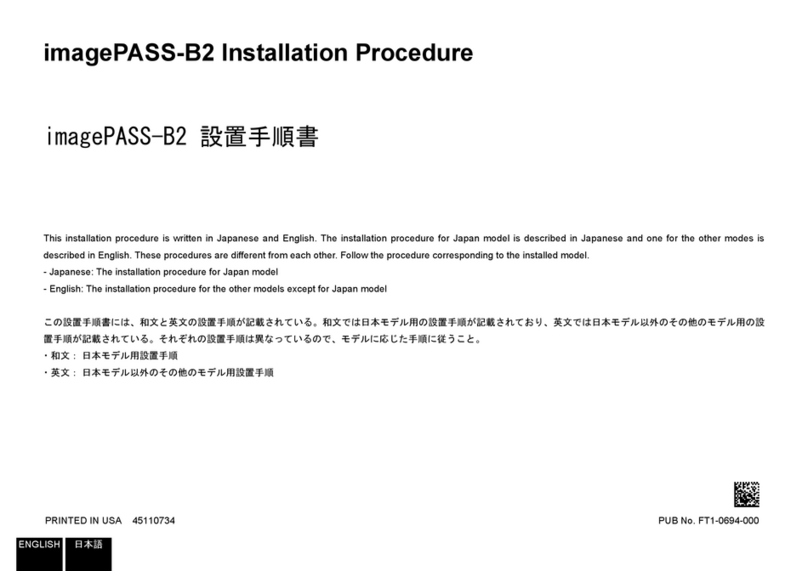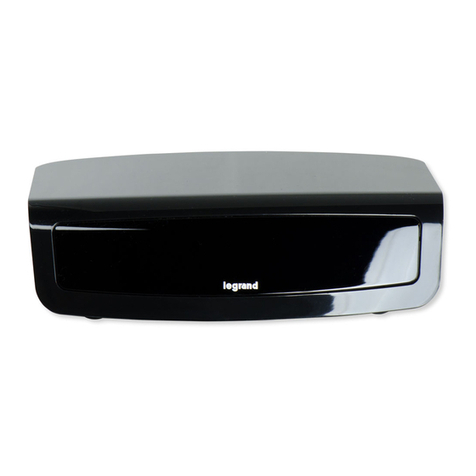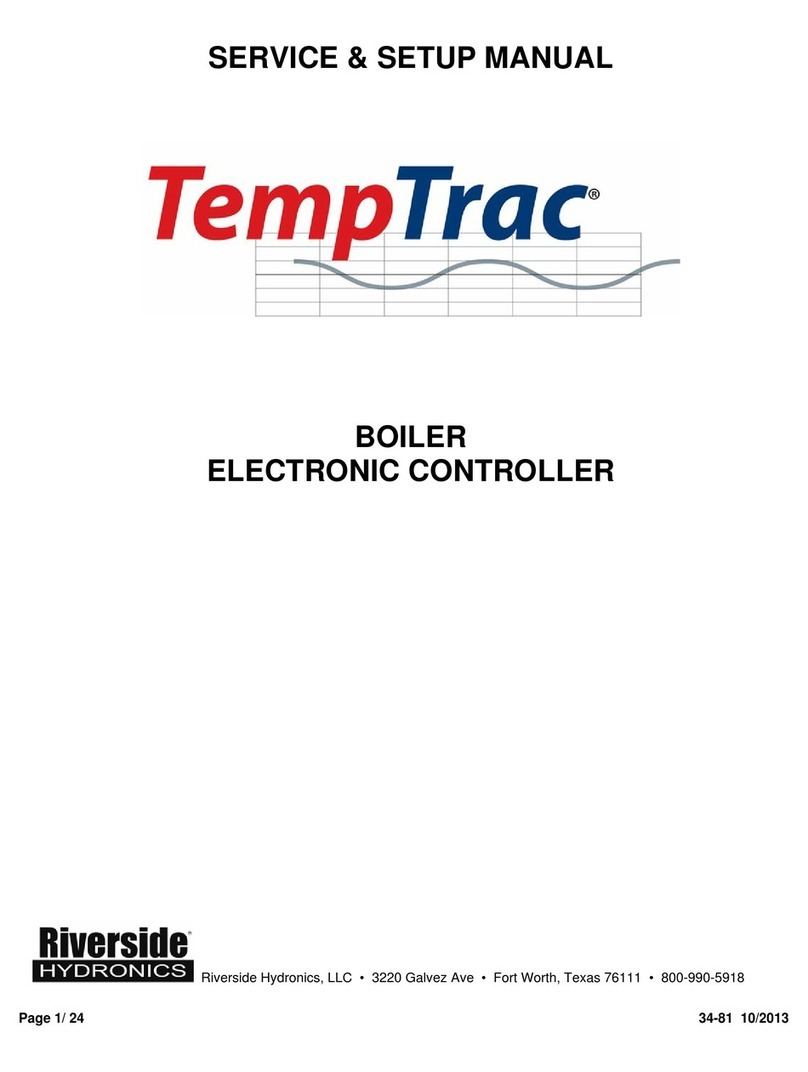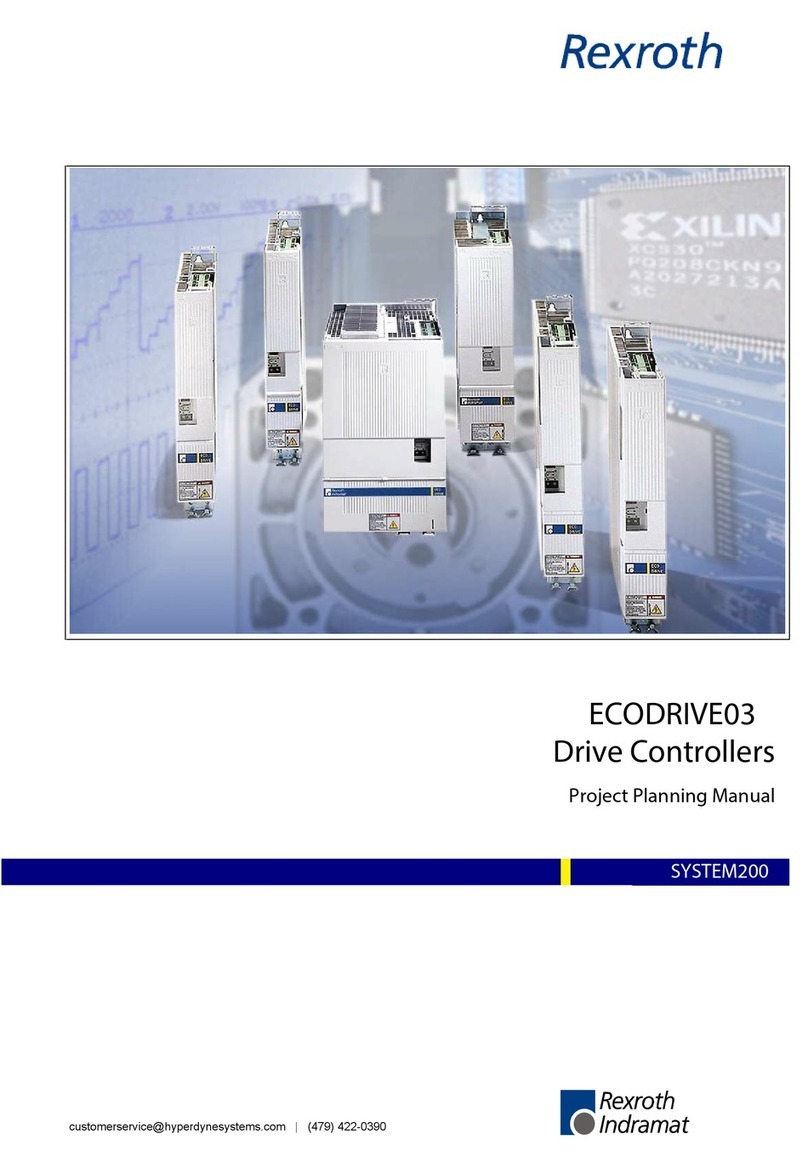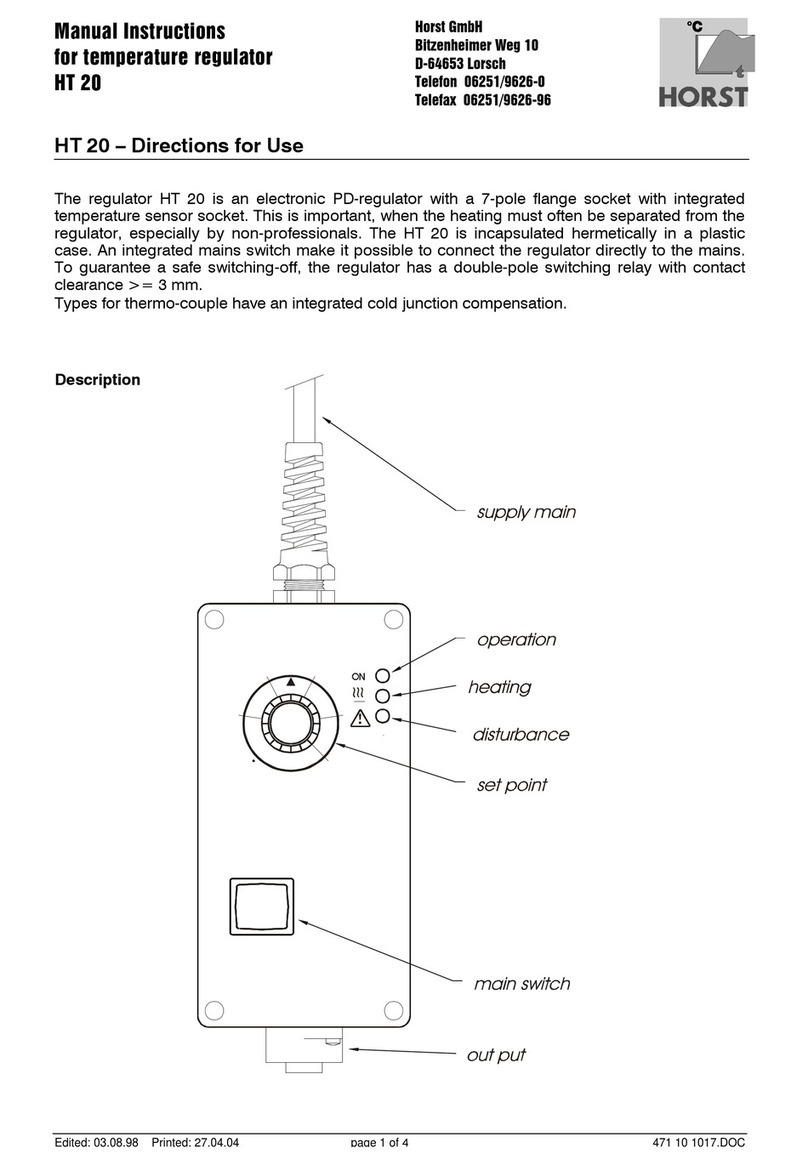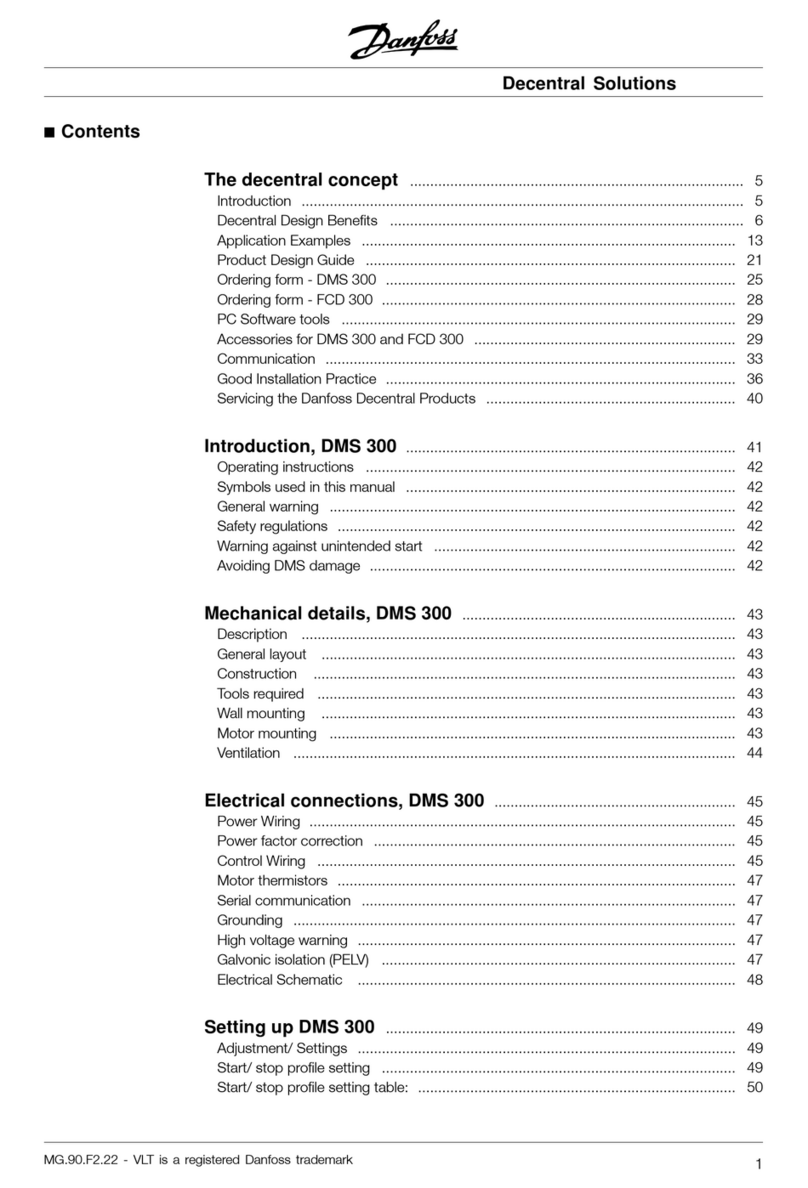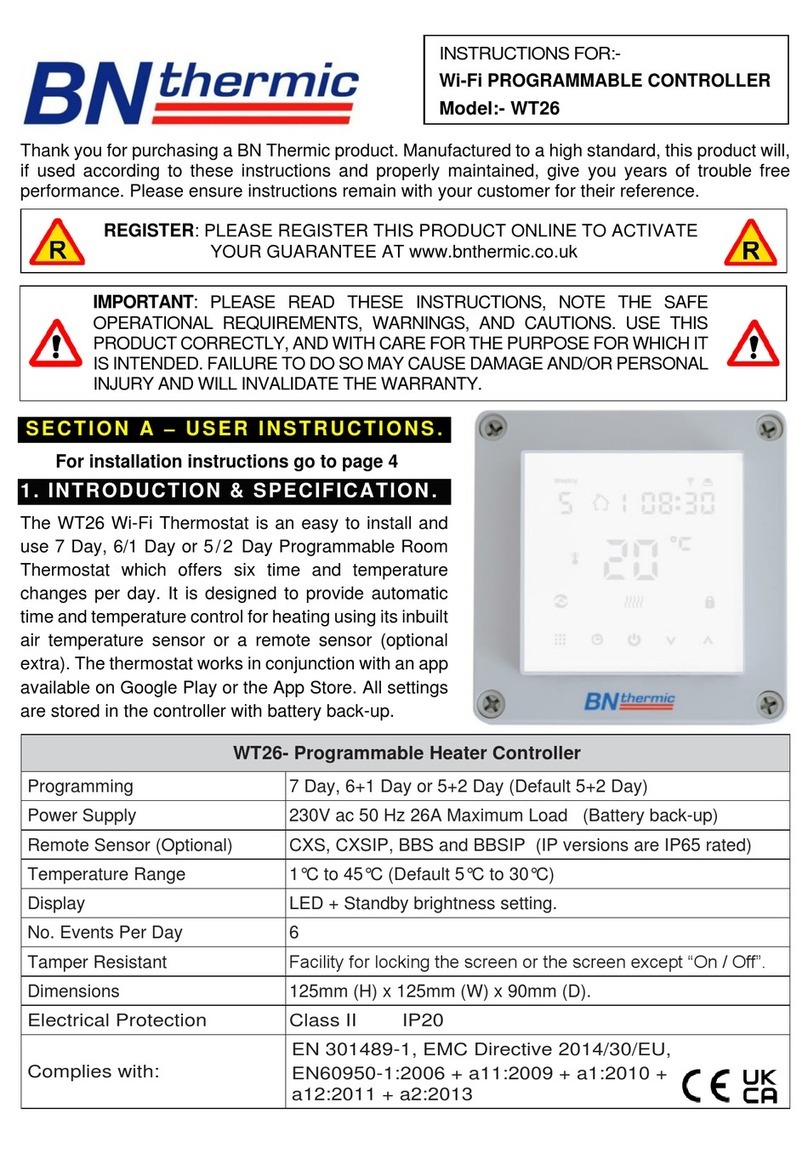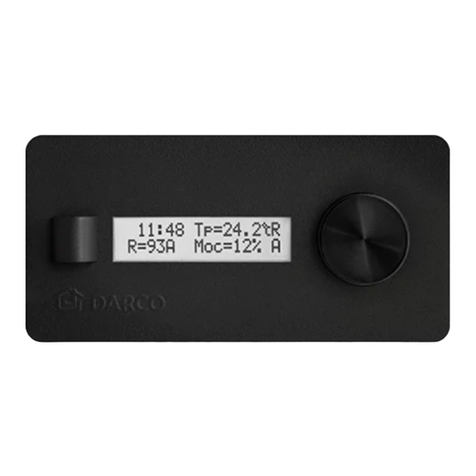
Page 3 / 7 34-80 04/2013
1.4 UPPER LED READOUT
The default display of this readout is the temperature sensed at Probe 2, which is generally the supplied outlet water
temperature. Probe 2 may display the tank stored water temperature, flue gas temperature, ambient temperature,
remote tank or blended water temperature, etc., depending on the product and application. Refer to your specific
product’s Installation and Maintenance Manual and the supplied wiring drawing. The upper LED readout can also
be switched to display Probe 1 or 3(if used) or the modulation % or the temperature difference between Probe 1
and 2. If Probe 2 is not utilized, the display will show “nu”.
By pressing and releasing the button once, the Upper LED will display the actual temperature sensed at
Probe 3. Probe 3 (if used) may display the flue gas temperature or outside ambient temperature, etc.,
depending on the product and application.
By pressing and releasing the button again, the Upper LED will display the modulation % (indicated by 0
to 100%). If the product is a non-modulating product, the displayed value should not be considered.
By pressing and releasing the button a third time, the Upper LED will display the difference between the
temperature sensed at Probe 2 (generally the outlet temperature) and the temperature sensed at Probe 1
(generally the inlet temperature).
To return to the default in the Upper LED readout, wait 15 seconds while the temperature difference is flashing or
press the button to cycle back to the Probe 2 temperature.
All of the display information described above is available for monitoring through the optional MODBUS RTU
interface.
1.5 LOWER LED READOUT
The default display of this readout is the temperature sensed at Probe 1, which is generally inserted into the return
inlet piping of the boiler. Probe 1 may display the tank stored water temperature, supplied outlet water
temperature, flue gas temperature, ambient temperature, remote tank or blended water temperature, etc.,
depending on the product and application. Refer to your specific product’s Installation and Maintenance Manual
and the supplied wiring drawing. The lower LED readout can also be switched to display Probe 2 or 3(if used)
or the modulation % or the Time of Day.
By pressing and releasing the button once, the Lower LED display will show the Time of Day. Press again
to return to default display.
1.6 TO SET THE CURRENT TIME AND DAY (MILITARY TIME)
1. Push and hold the button for more than 3 seconds. The LED icon starts flashing and the “Hur”(hour)
parameter name is displayed in the Upper LED readout, its value is displayed in the Lower LED readout.
2. Pushing the or button alternates the LED readouts between the following:
“Hur” (hour) in the Upper readout and its value in the lower readout
“Min” (minute) in the Upper readout, its value in the Lower readout
“dAY” (day) in the Upper readout, its value in the Lower readout
3. To adjust a value, press the button and the value in the Lower LED will start flashing. Change the value by
pressing the or buttons. When correct, press .








